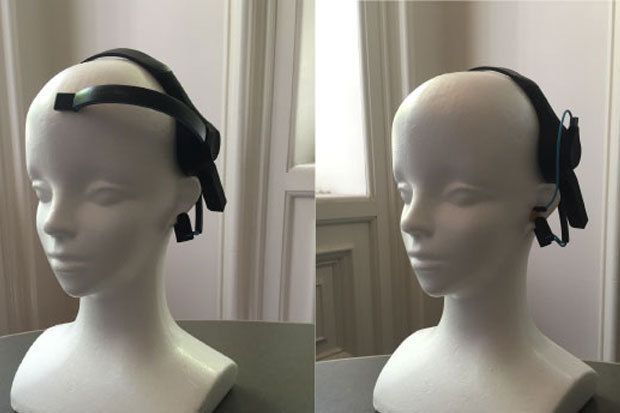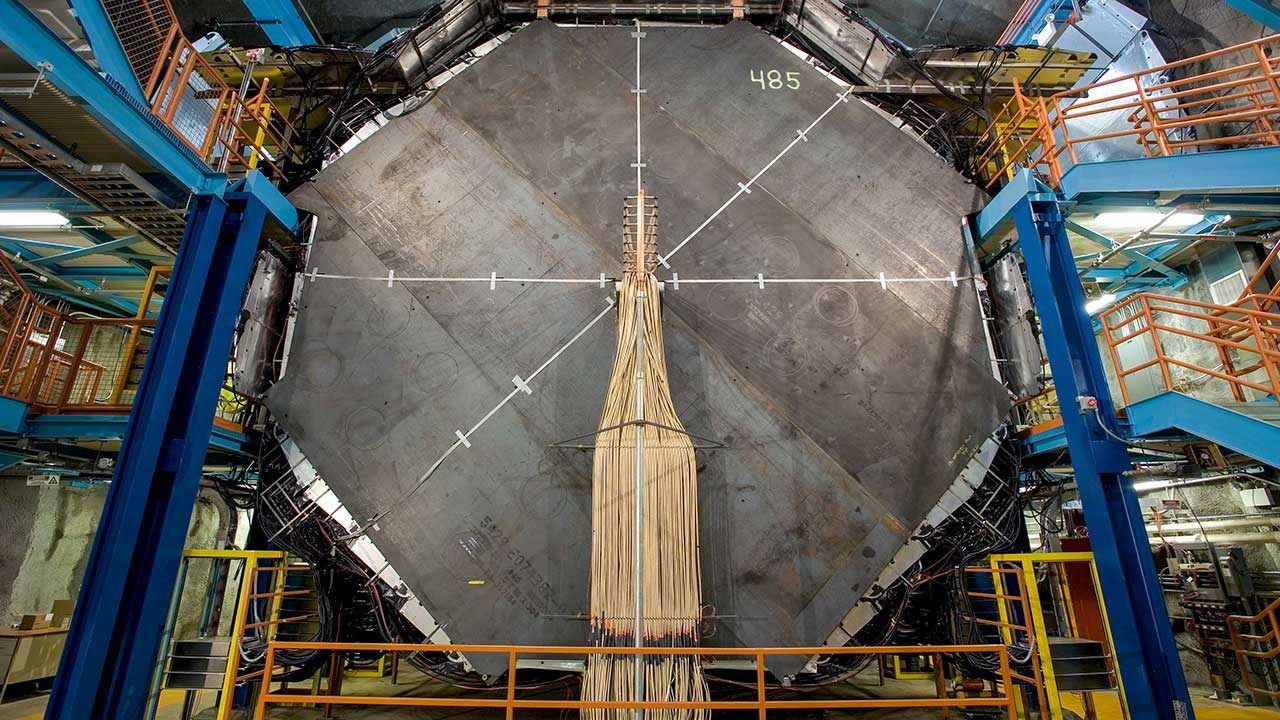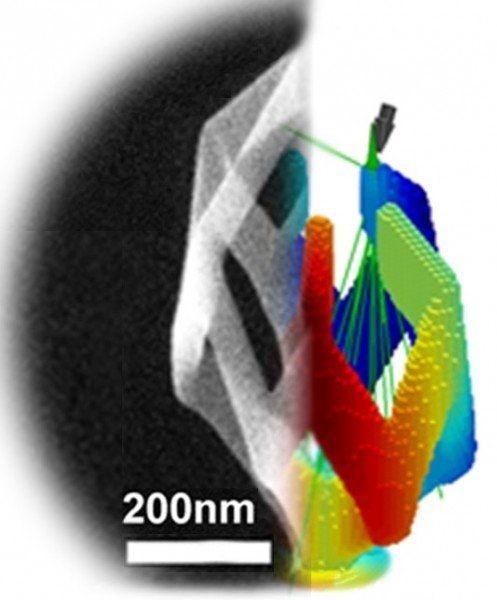Page 10765
Jul 12, 2016
Massive neutrino experiment undermines our sense of reality
Posted by Karen Hurst in category: particle physics
Jul 12, 2016
Missouri S&T physicist works to predict atom movement
Posted by Karen Hurst in categories: particle physics, quantum physics
By laser-cooling atom clusters and studying their movements, a Missouri University of Science and Technology researcher hopes to better understand how atoms and their components are impacted and directed by environmental factors.
With a $400,000 grant from the National Science Foundation, Dr. Daniel Fischer, assistant professor of physics at Missouri S&T, tests the limits of quantum mechanics through his project titled “Control and Analysis of Atomic Few-Body Dynamics.”
In a hand-built vacuum chamber, Fischer manipulates lithium atoms by trapping them in a magnetic field and then shooting them with different lasers. This gives Fischer a large variety of initial states to test. Tests range from single, polarized atoms to larger groups that are laser-cooled to a consistent energy level. By doing so, Fischer works to help unravel the “few-body problem” that continues to confound the world of physics.
Jul 12, 2016
No Big Bang –“Our Universe Was Formed From an Older Collapsing Universe”
Posted by Karen Hurst in categories: cosmology, materials
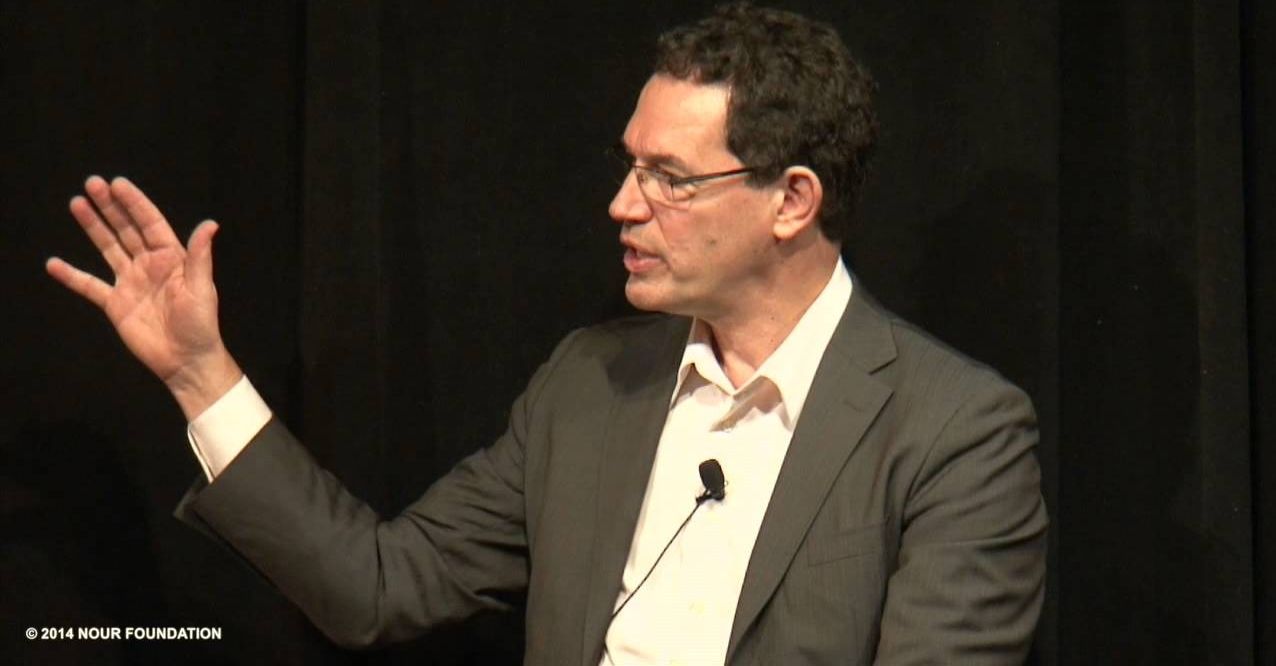
A new study of the early universe reveals how it could have been formed from an older collapsing universe, rather than being brand new. The universe is currently expanding and it is a common theory that this is the result of the ‘Big Bang’ – the universe bursting into existence from a point of infinitely dense and hot material.
Jul 12, 2016
Detecting Cybersecurity Threats
Posted by Karen Hurst in categories: cybercrime/malcode, energy, robotics/AI
Power sensors for distribution networks have inspired a $77-million DARPA program to build a suite of automated cyberdefenses for power grids.
Jul 12, 2016
DURUS Brings Human-Like Gait (and Fancy Shoes) to Hyper-Efficient Robots
Posted by Karen Hurst in category: robotics/AI
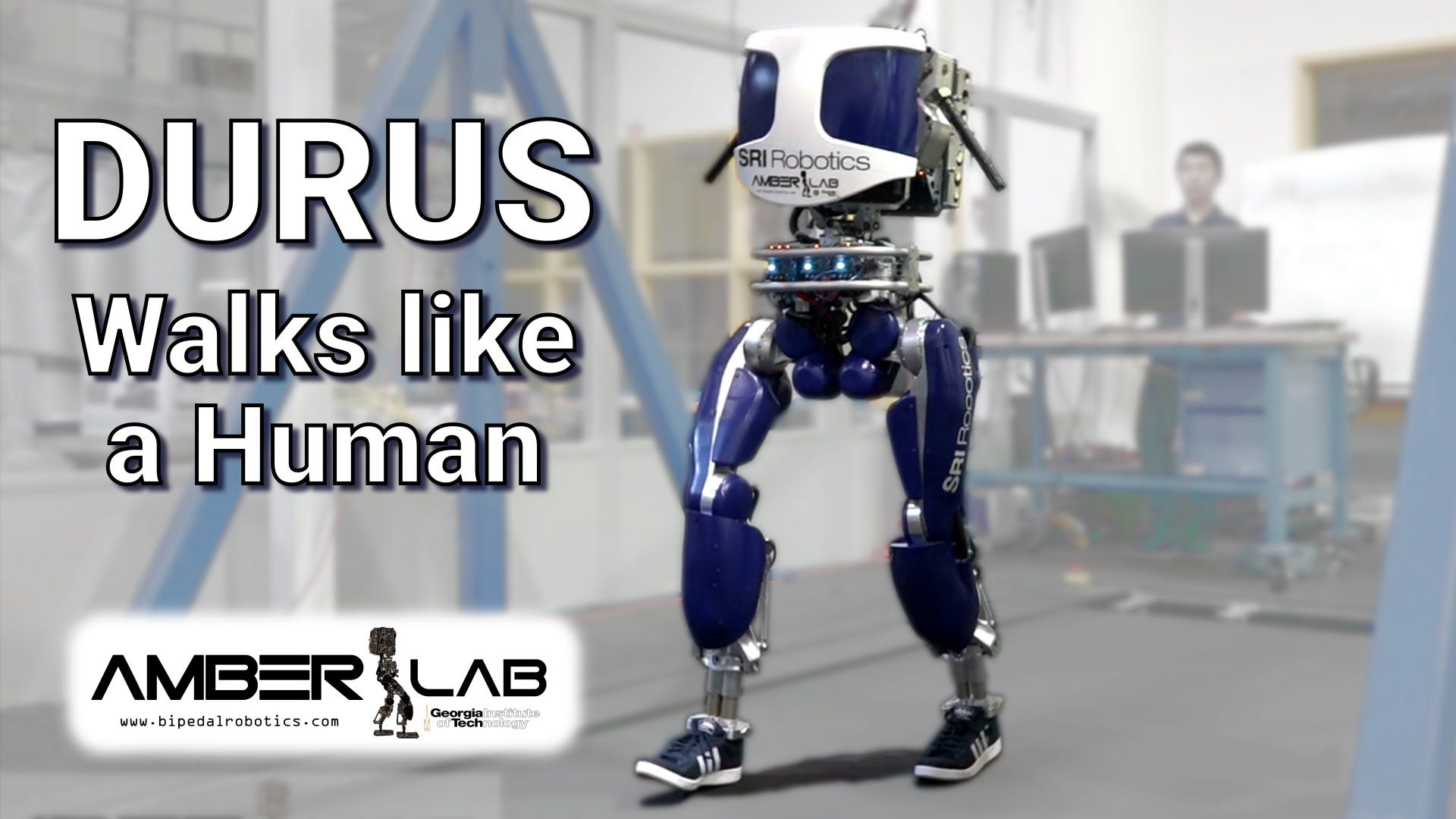
Who knew; maybe the answer was in the shoes.
A slick walking gait makes the DURUS humanoid robot even more efficient.
Continue reading “DURUS Brings Human-Like Gait (and Fancy Shoes) to Hyper-Efficient Robots” »
Jul 12, 2016
HHS Considers Climbing on the Blockchain Bandwagon
Posted by Karen Hurst in categories: bitcoin, health
Jul 12, 2016
PARC Develops Vanishing Autonomous Air Vehicles through Funds from DARPA
Posted by Karen Hurst in categories: robotics/AI, transportation
PARC is a Xerox company that has received funds from the Defense Advanced Research Projects Agency (DARPA) through its Inbound, Controlled, Air-Releasable, Unrecoverable Systems (ICARUS) program.
The ICARUS program aims at creating a prototype air vehicle that has the potential to deliver small payloads in an autonomous manner to targeted locations and then disappears after the task it completed. PARC in cooperation with AeroVironment Inc. plans to produce particular materials and the air delivery system that can be made to disappear through a project within ICARUS that is referred to as On-Target Delivery and Disintegration Upon Stress-release Trigger (ONLY-DUST).
The project focuses on producing complex structures that are majorly firm during flight and storage, and at the same time permits reliable on-demand transience. It is possible to potentially scale up the DoD applications of the demonstration system because of its association with AeroVironment Inc., a leading company in unmanned, small aerial vehicles.
Jul 12, 2016
Additive manufacturing techniques featuring atomic precision could one day create materials with Legos flexibility and Terminator toughness
Posted by Karen Hurst in categories: chemistry, particle physics, transportation
Great work by my friends at ORNL.
In a review paper published in ACS Nano, Olga Ovchinnikova and colleagues provide an overview of existing paths to 3D materials, but the ultimate goal is to create and customize material at the atomic scale. Material would be assembled atom by atom, much like children can use Legos to build a car or castle brick by brick. This concept, known as directed matter, could lead to virtually perfect materials and products because many limitations of conventional manufacturing techniques would be eliminated.
“Being able to assemble matter atom by atom in 3D will enable us to design materials that are stronger and lighter, more robust in extreme environments and provide economical solutions for energy, chemistry and informatics,” Ovchinnikova said.
Jul 12, 2016
Newly Discovered Features Of Collagen May Help Shed Light On Disease Processes
Posted by Karen Hurst in categories: biotech/medical, health, nanotechnology
Interesting.
WHAT: Scientists at the National Institutes of Health are reporting new, unexpected details about the fundamental structure of collagen, the most abundant protein in the human body. In lab experiments, they demonstrated that collagen, once viewed as inert, forms structures that regulate how certain enzymes break down and remodel body tissue. The finding of this regulatory system provides a molecular view of the potential role of physical forces at work in heart disease, cancer, arthritis, and other disease-related processes, they say. The study appears in the current online issue of the Proceedings of the National Academy of Sciences.
Scientists have known for years that collagen remodeling plays an important role in a wide variety of biological processes ranging from wound healing to cancer growth. In particular, researchers know that collagen is broken down by a certain class of enzymes called matrix metalloproteinases (MMPs), but exactly how they did this remained somewhat of a mystery, until now.
In the NIH study, the scientists isolated individual, nano-sized collagen fibrils from rat-tail tendons. They then exposed the collagen fibrils to fluorescently-labeled human MMP enzymes. Using video microscopy, the scientists tracked thousands of enzymes moving along a fibril. Unexpectedly, the scientists observed that the enzymes preferred to attach at certain sites along the fibril, and over time these attachment sites slowly moved, or disappeared and reappeared in other positions. These observations revealed collagen fibrils have defects that spontaneously form and heal. In the presence of tension, such as when tendons stretch, defects are likely eliminated, preventing enzymes from breaking down collagen that is loaded by physical force, the researchers suggest. In short, they identified a possible strain-sensitive mechanism for regulating tissue remodeling.
Continue reading “Newly Discovered Features Of Collagen May Help Shed Light On Disease Processes” »
